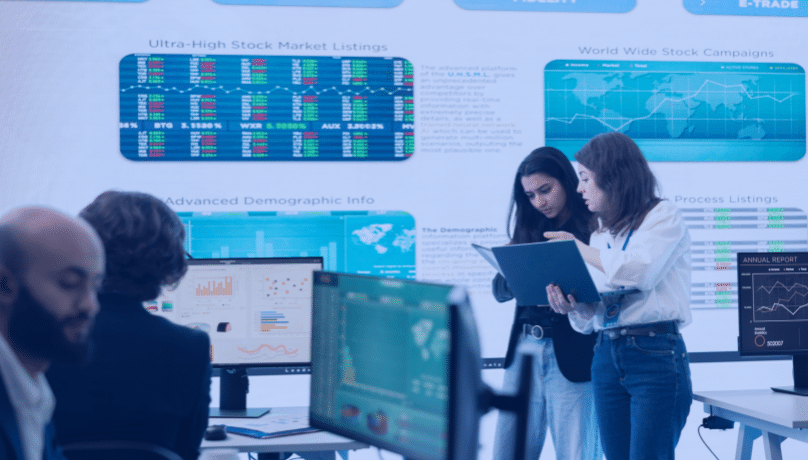








In the rapidly evolving digital landscape, the Internet of Things (IoT) has emerged as a revolutionary technology that promises to transform the way we live, work, and interact with the world around us. IoT refers to the interconnected network of physical devices, vehicles, home appliances, and other items embedded with sensors, software and connectivity, enabling them to collect, exchange and analyze data.
The IoT ecosystem includes several key components that work together seamlessly to enable its functionality:
The Internet of Things (IoT) offers plenty of advantages across various domains, revolutionizing the way we live, work, and interact with the world around us:
Have a look at IoT’s in manufacturing: Digital Transformation Use Cases in Manufacturing
As the Internet of Things (IoT) continues to expand, security and privacy concerns become paramount. IoT devices, by their nature, collect and transmit sensitive data, making them potential targets for cyber threats such as data breaches and hacking attempts. It is essential to address these vulnerabilities by implementing robust cybersecurity measures, including:
Additionally, organizations and individuals should prioritize data privacy by adhering to regulations and best practices, such as obtaining user consent and implementing proper access controls.
Learn more about cybersecurity: What is Cybersecurity? A Comprehensive Guide for Businesses
The Internet of Things (IoT) is still in its early stages, and its potential for growth and innovation is vast. Emerging trends, such as the integration of artificial intelligence (AI) and the development of edge computing, are poised to reshape the IoT landscape further. AI can enhance IoT systems by enabling predictive analytics, automated decision-making, and improved efficiency, while edge computing brings data processing and analysis closer to the source, reducing latency and improving real-time responsiveness. As IoT technology continues to evolve, its impact will be felt across industries, from healthcare and transportation to environmental monitoring and resource management, shaping a future where interconnected devices and data-driven insights revolutionize the way we live and work.
The Internet of Things (IoT) is a transformative technology that holds immense potential for individuals, businesses, and society as a whole. By understanding the building blocks of the IoT ecosystem, recognizing its benefits across various domains, and addressing security and privacy concerns, we can unlock the true potential of this groundbreaking technology. Contact us to learn more about our IoT services and how we can help you leverage the power of connected devices!
Stay ahead in a rapidly changing world with our monthly look at the critical challenges confronting businesses on a global scale, sent straight to your inbox.